A smoke alarm is the most critical safety device in any home—but it’s not a "set-it-and-forget-it" solution. Like all mechanical and electronic tools, smoke alarms degrade over time, losing sensitivity, reliability, and the ability to detect fires early. Yet a 2024 survey by the National Fire Protection Association (NFPA) found that 67% of homeowners keep smoke alarms past their expiration dates, putting their families at risk. Smoke alarm replacement isn’t just a maintenance task—it’s a life-saving responsibility. Understanding when to replace, how to choose a new device, and why quality matters can mean the difference between surviving a fire and facing tragedy.
The Hidden Danger of Outdated Smoke Alarms
Smoke alarms have a finite lifespan, typically 8–10 years from the date of manufacture (not installation). This expiration isn’t arbitrary—it’s rooted in the gradual failure of key components:
1. Sensor Degradation
The heart of a smoke alarm is its sensor (either photoelectric, ionization, or dual-sensor). Photoelectric sensors use a light beam and lens to detect smoldering fires, but dust buildup and aging circuitry reduce their ability to trigger alerts. Ionization sensors rely on radioactive material to detect fast-flaming fires, and while the radiation remains stable, the accompanying electronic components wear out, leading to delayed or failed alarms. A 2023 study by Underwriters Laboratories (UL) found that a 12-year-old smoke alarm is 40% less likely to detect a smoldering fire than a new one.
2. Battery and Power Failure
Even hardwired smoke alarms (which draw power from the home’s electrical system) have backup batteries that expire every 6–12 months. Outdated alarms often develop battery connection issues, causing intermittent chirping or complete shutdowns. For battery-only models, old alkaline batteries lose voltage gradually, meaning the alarm may not have enough power to sound during a fire—even if it “works” during a manual test.
3. Obsolete Technology
Older smoke alarms lack modern safety features that save lives. For example, pre-2010 models often don’t include hush buttons (to silence false alarms from cooking smoke), end-of-life alerts (to remind you when to replace the device), or compatibility with interconnected systems (where one alarm triggers all others in the home). The NFPA reports that homes with interconnected smoke alarms cut fire death risk by 50% compared to homes with standalone outdated models.
When to Replace Your Smoke Alarm: Key Timelines
Don’t wait for a failed test or a fire to replace your smoke alarm. Follow these non-negotiable timelines:
1. Every 8–10 Years (Full Replacement)
Check the manufacture date on the back of your alarm (usually a sticker with “MFG DATE”). Replace it no later than 10 years after this date—even if it still chirps during tests. Some premium models (like those with long-life batteries) have a 10-year sealed design, meaning the entire unit is replaced at the end of its lifespan (no battery swaps needed).
2. Immediately If…
- The alarm fails a monthly test (press the “test” button—if it doesn’t sound loudly and clearly).
- It chirps constantly (even after replacing the battery).
- It was damaged by water, dust, or physical impact (e.g., a fall from the ceiling).
- It lacks modern features (e.g., no hush button, no end-of-life alert).
3. Every 5–7 Years for Rental Properties
Landlords have a legal obligation to provide working smoke alarms, but many cut corners by replacing only batteries. The U.S. Department of Housing and Urban Development (HUD) recommends full replacement every 5–7 years in rental units, as tenant turnover and neglect accelerate wear and tear.
How to Choose a New Smoke Alarm: Critical Features to Prioritize
Not all smoke alarms are created equal. When replacing yours, focus on these safety-enhancing features:
1. Sensor Type: Dual-Sensor Is Best
Choose a dual-sensor alarm (combines photoelectric and ionization technology) to detect both smoldering fires (e.g., from a burning couch) and fast-flaming fires (e.g., from a grease fire). Single-sensor models leave gaping holes in protection—photoelectric alarms miss 30% of fast-flaming fires, while ionization alarms miss 40% of smoldering fires.
2. Power Source: Long-Life Batteries > Alkaline
Avoid the hassle of frequent battery changes with a long-life battery model. Lithium-powered smoke alarms last 5–10 years, maintain stable voltage, and perform in extreme temperatures (-40°C to 60°C). Look for sealed battery designs to prevent tampering or leaks.
3. Interconnectivity
Opt for an interconnected smoke alarm (either hardwired or wireless). When one alarm detects smoke, all alarms in the home sound—critical for waking occupants in bedrooms far from the fire source. Wireless models are ideal for older homes without hardwired systems.
4. Safety Certifications
Ensure the alarm is certified by a reputable organization: UL (U.S.), EN 14604 (EU), or AS 3786 (Australia). These certifications guarantee the device passed rigorous testing for sensitivity, false alarm rates, and durability.
5. User-Friendly Extras
Look for a hush button (to silence false alarms), a bright LED indicator (to show power status), and an end-of-life alert (a distinct chirp or flash to remind you to replace the unit).
Wisualarm 10-Year Battery Smoke Detector Series: The Ultimate Replacement Choice
When it’s time to replace your outdated smoke alarm, the Wisualarm 10-Year Battery Smoke Detector Series stands out as a gold standard for safety, convenience, and reliability. Designed to eliminate the biggest pain points of traditional alarms—frequent battery changes, sensor degradation, and obsolete features—this series turns smoke alarm replacement into a once-per-decade task, not a quarterly chore.

Why Wisualarm’s Series Is the Right Replacement:
- 10-Year Sealed Lithium Battery: No more battery swaps or middle-of-the-night chirps. The sealed lithium battery delivers consistent power for a full decade, and the alarm includes a clear end-of-life alert when it’s time for replacement.
- Advanced-Sensor Technology: Detects smoldering fires with 99% accuracy, meeting UKCA and EN 14604 safety standards. It minimizes false alarms from cooking smoke while ensuring no fire goes undetected.
- Wireless Interconnectivity: Sync up to 24 Wisualarm detectors (including carbon monoxide alarms) for whole-home protection. When one alarm sounds, all others follow—perfect for large homes or multi-story properties.
- Durable, Low-Maintenance Design: Resistant to dust, humidity, and extreme temperatures, it performs reliably in attics, basements, and kitchens. The one-touch test button makes monthly safety checks effortless.
- Sleek, Unobtrusive Look: A slim, white design blends seamlessly with ceilings and walls, avoiding the clunky aesthetic of older alarms.
Whether you’re replacing a single outdated alarm or outfitting your entire home with new protection, Wisualarm’s 10-Year Battery Series eliminates the guesswork of smoke alarm replacement. It’s not just a device—it’s 10 years of peace of mind knowing your family is protected by industry-leading technology.
Final Thoughts: Don’t Gamble with Expired Alarms
Smoke alarm replacement is one of the simplest yet most impactful ways to protect your home. Outdated alarms give a false sense of security, but a new, high-quality model can mean the difference between escaping a fire unharmed and facing irreversible loss.
When it’s time to replace, prioritize dual sensors, long-life batteries, and interconnectivity—and trust a brand like Wisualarm that builds safety into every detail. Remember: A smoke alarm is only as good as its ability to work when you need it. Don’t wait until it’s too late—replace expired alarms today.





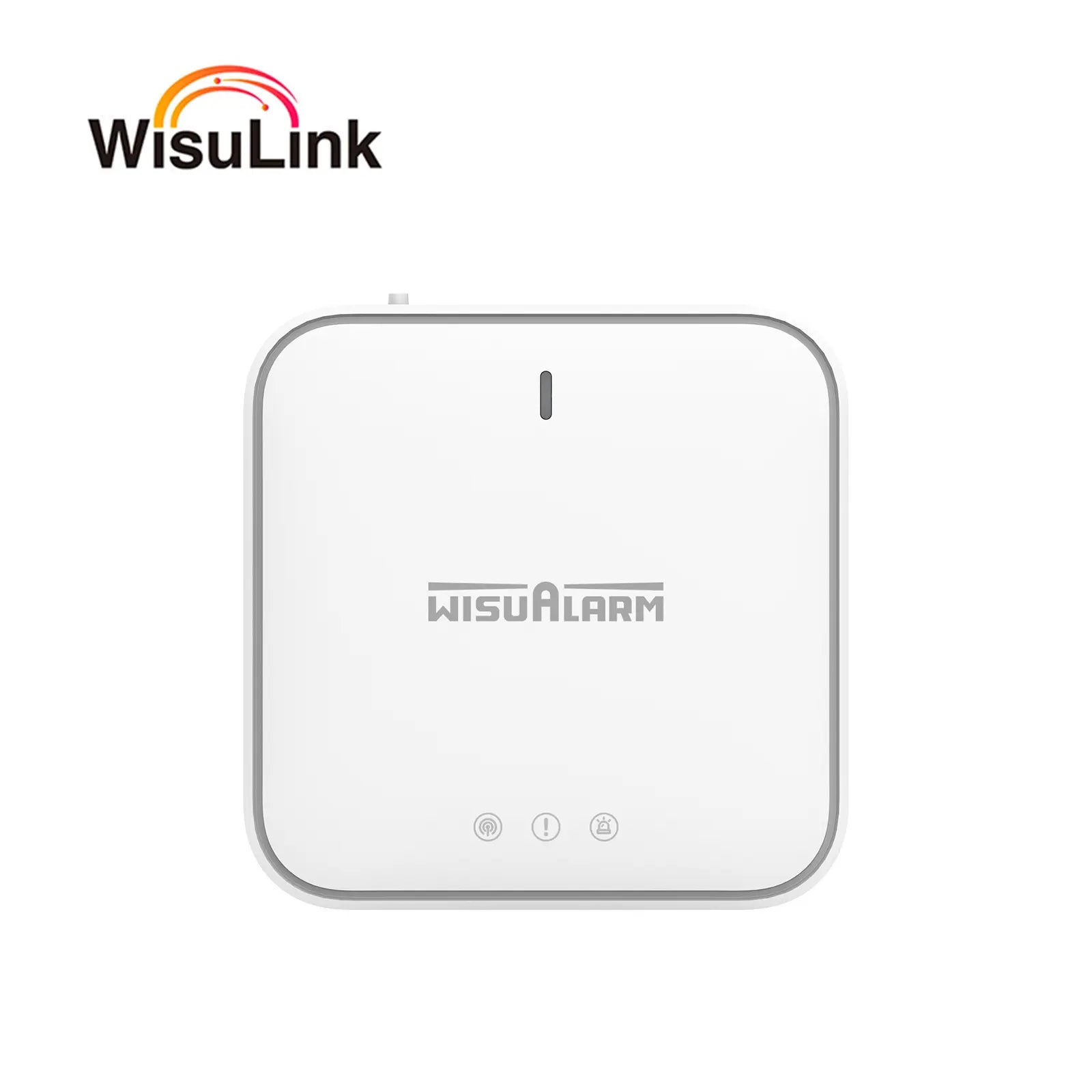
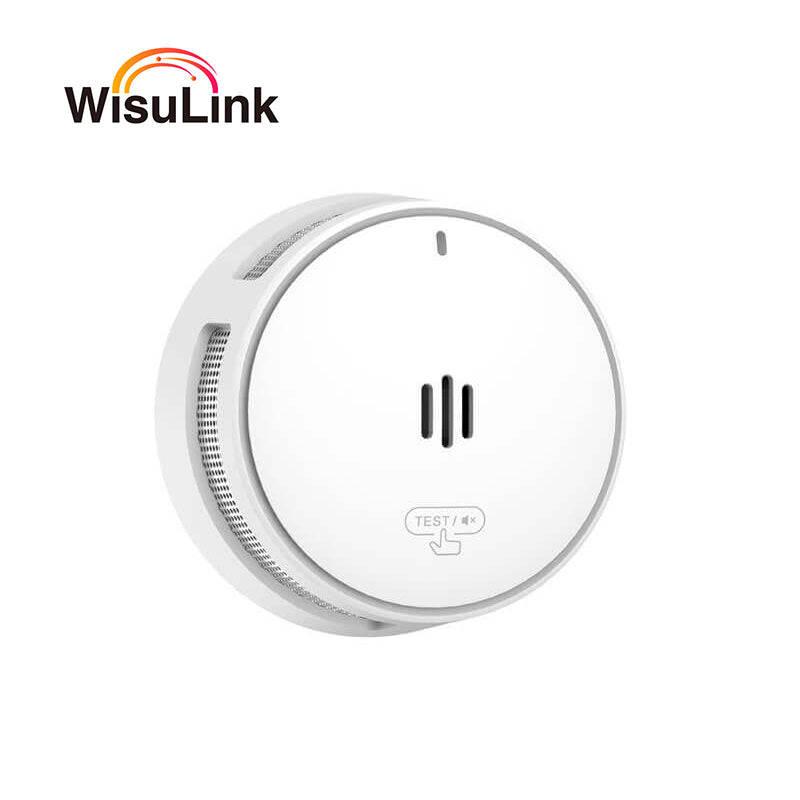
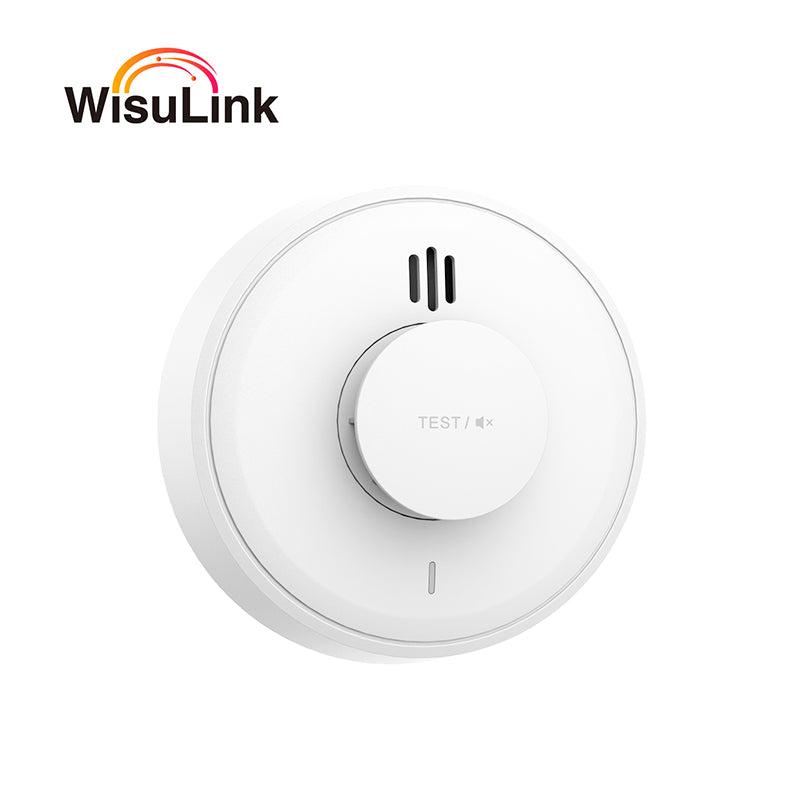


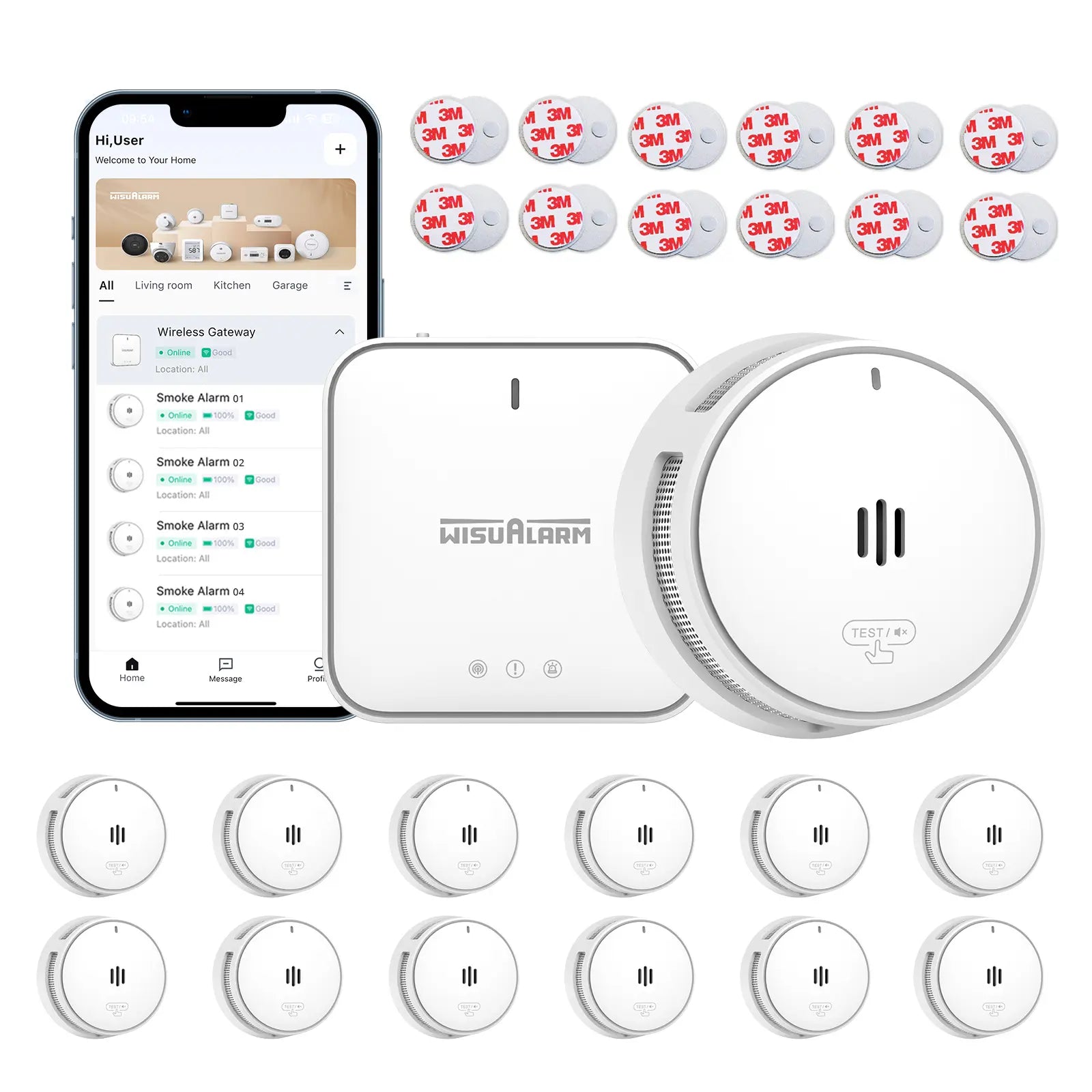




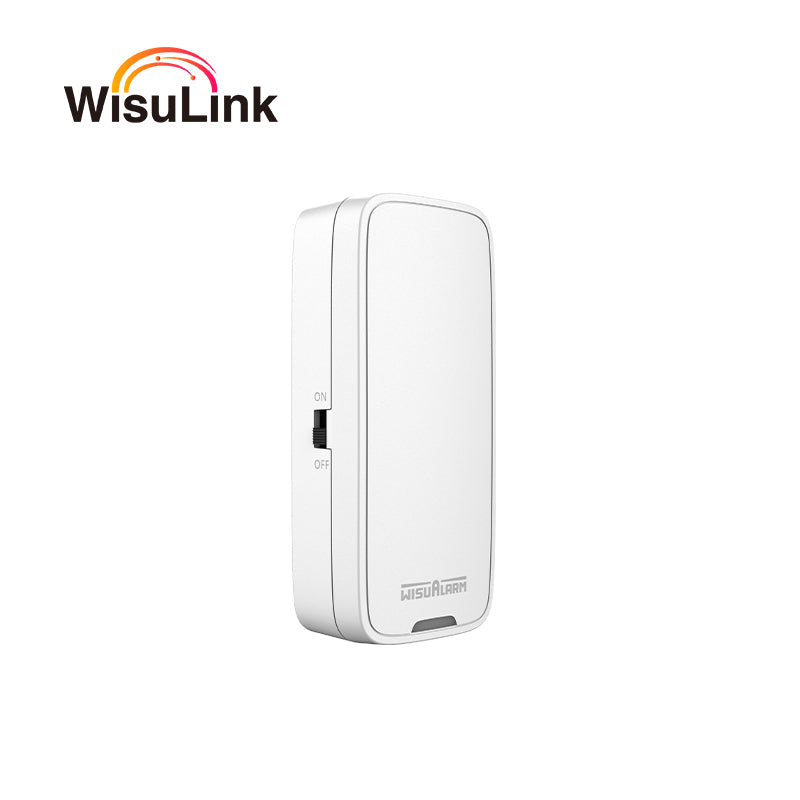









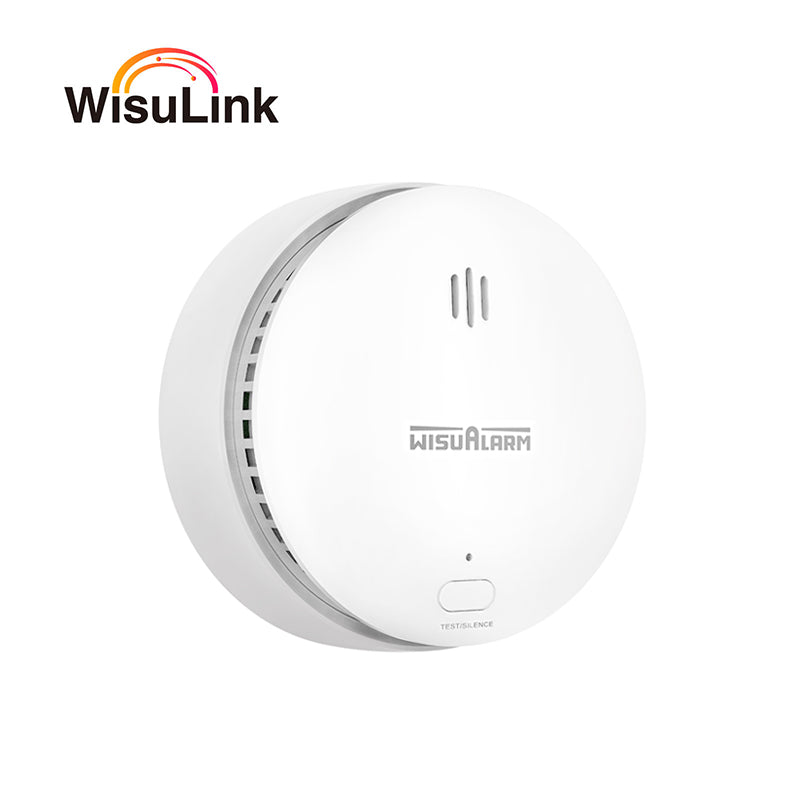
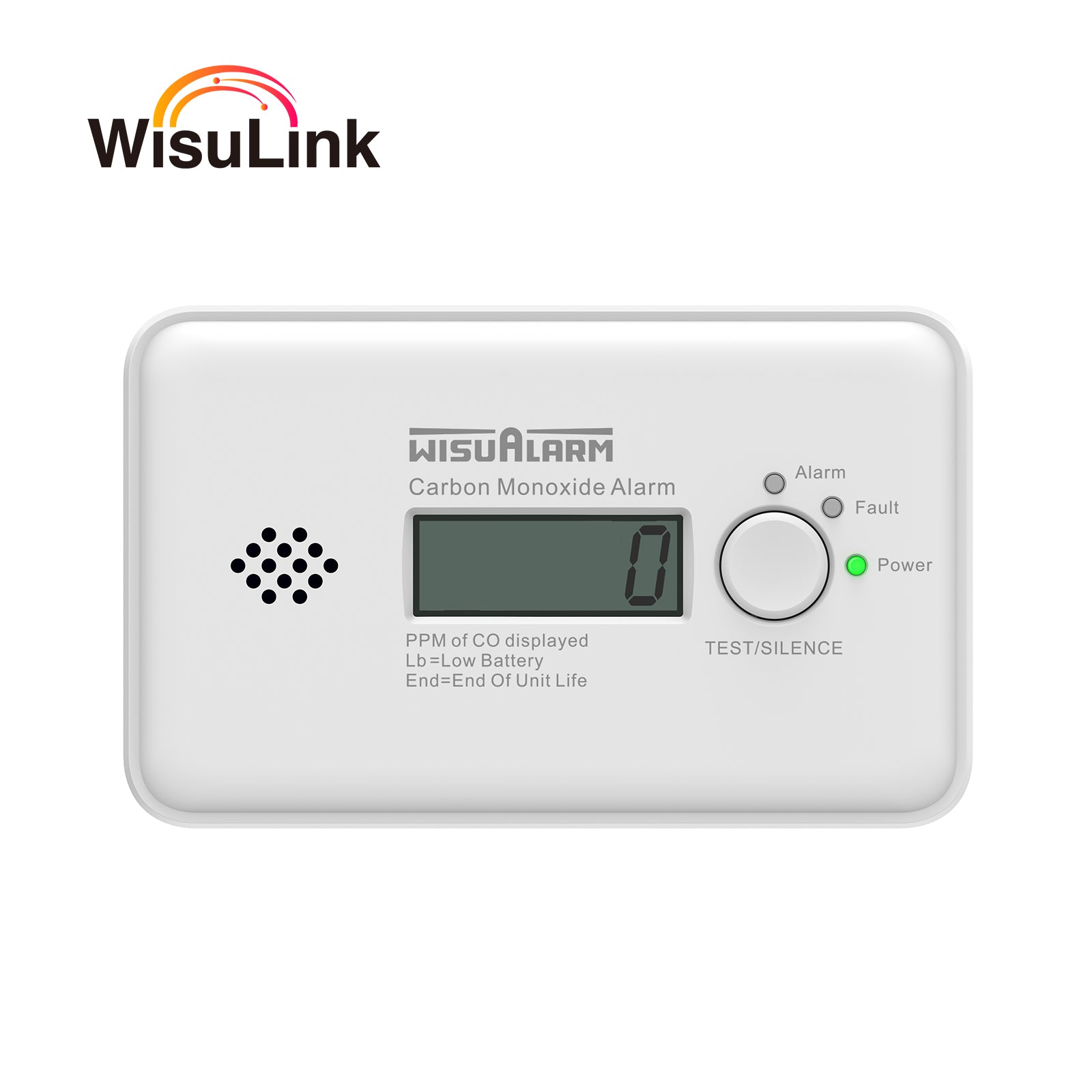
























Laissez un commentaire